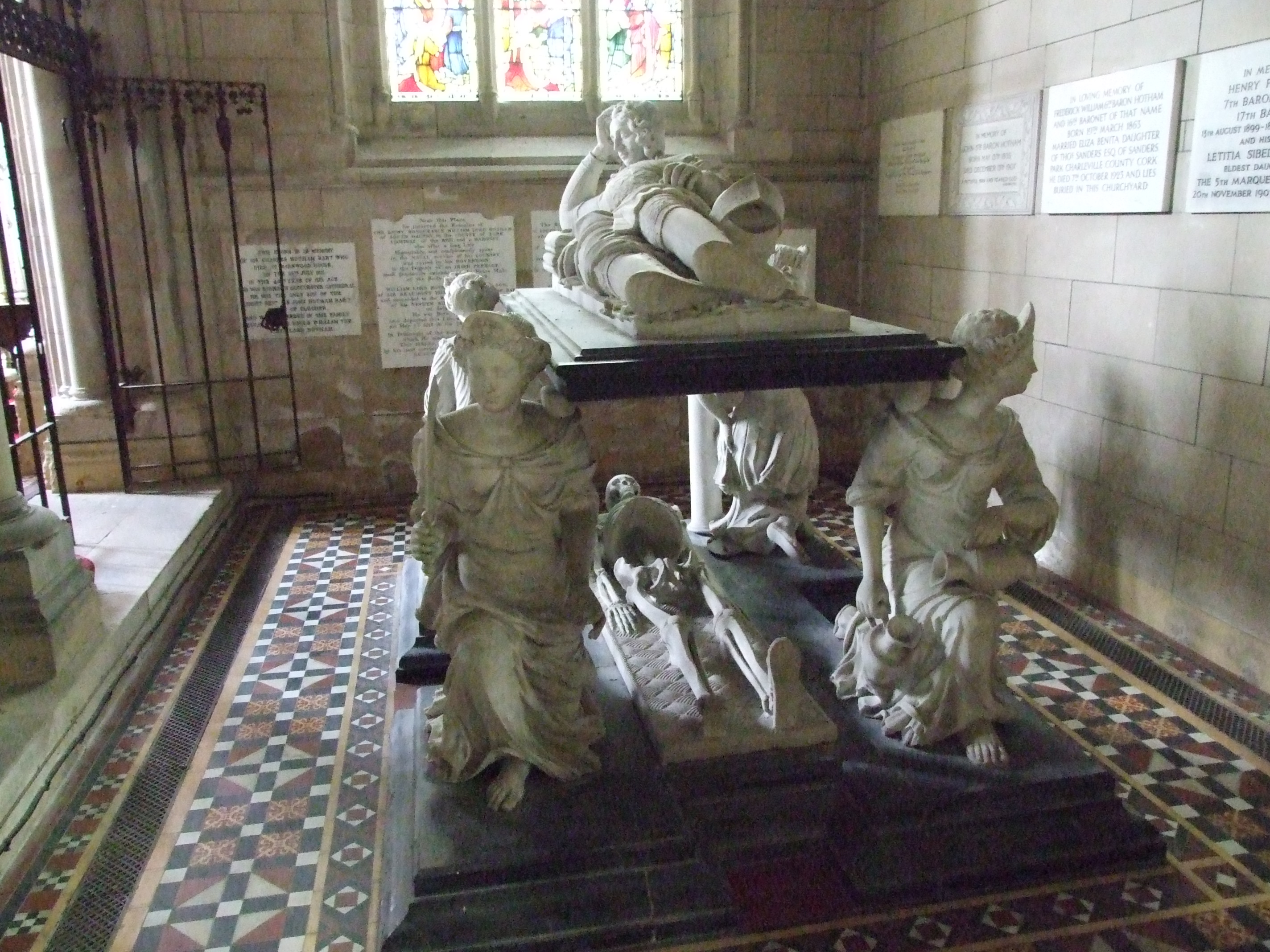What’s the difference between a duffer and a star in any business? Hard work, intelligence and luck, not some ineffable quality of ‘talent’.
 |
| Painting of an Airstream trailer by Kathleen Gray Farthing for Plein Air Brandywine Valley. |
When Kathleen Gray Farthing was a lass, her parents didn’t want her to major in art in college. You know the arguments; they start with “you can’t make a living as an artist.” Then her engineer father needed a graphic designer on a project. He was astonished at how much this man charged to do art, which he’d always thought of as a hobby.
Kathleen’s father took her drawings to this visiting graphic designer and asked him for a pronouncement. “She’ll never be a Brooks Robinson,” the man opined, “but she can play ball.”
 |
| The Cottage, by Kathleen Gray Farthing for Plein Air Brandywine Valley |
It was both a cold assessment, and a curse intended to consign her to mediocrity. The equivalent to Brooks Robinson in the art world at the time was perhaps Jamie Wyeth. He was being lauded as the ‘heir of the Brandywine tradition’. There has only ever been one person born with his advantages. To his credit, he’s used them well. But there are many other great painters out there as well. They may not be on the cover of glossy magazines, but they build happy lives painting work that brings joy to many thousands of people.
I was terrible in math in high school. I’d been told all my life that my gifts lay in art and language and not in math or science, so I lived down to that prediction. Then I discovered that math is just a language that describes spatial relationships. I took math to multivariable calculus in college, earning all As. I accidentally escaped the curse of being bad at math by being good at art.
 |
| Walking into October, by Kathleen Gray Farthing for Plein Air Brandywine Valley |
I’ve taught enough people to know that they blossom and grow in amazing ways. Take Sandy Quang, who is the daughter of non-English-speaking immigrants. She went to community college because that was her only option. Today, she has a BFA from Pratt Institute and an MA from Hunter College.
I had a teenage superstar in my studio back in Rochester. He had all the drive, ambition, and skill to be a very successful painter, and he want to RISD. Today he’s a set painter, working in the theater district, a paid-up member of Local One IATSE. But he’s not painting on canvases anymore, to my great regret.
Two of his classmates also studied with me. One was interested in science and art. Today, she’s a graduate architect, working toward her full licensing, and painting landscape in her spare time. The other went off to Hollywood to try his hand at acting. Today, he’s studying at Gobelins, L’École de L’Image in Paris.
 |
| Raining on John Deere, by Kathleen Gray Farthing for Brandywine Plein Air |
Perhaps that long-ago critic thought Kathleen was too traditional to be a success in the art world of the late 20th century. Realism, after all, had been buried with full honors, and Kathleen isn’t the type to use her naked body as a printing plate. But it was an error to think the art world would stay in that state forever. Since then, realism has made an amazing comeback.
Like all of us, Kathleen’s had home runs and strikeouts in the decades since. Just last week, she painted a stunner, a miniature with loose brushwork, assured composition, and great mystery in the background. (It’s not online, so I can’t show you.) She’s overcome that curse through sheer hard work, and that’s an excellent lesson for all of us.









_-_Google_Art_Project_-_edited.jpg/800px-Pieter_Bruegel_the_Elder_-_The_Tower_of_Babel_(Vienna)_-_Google_Art_Project_-_edited.jpg)
